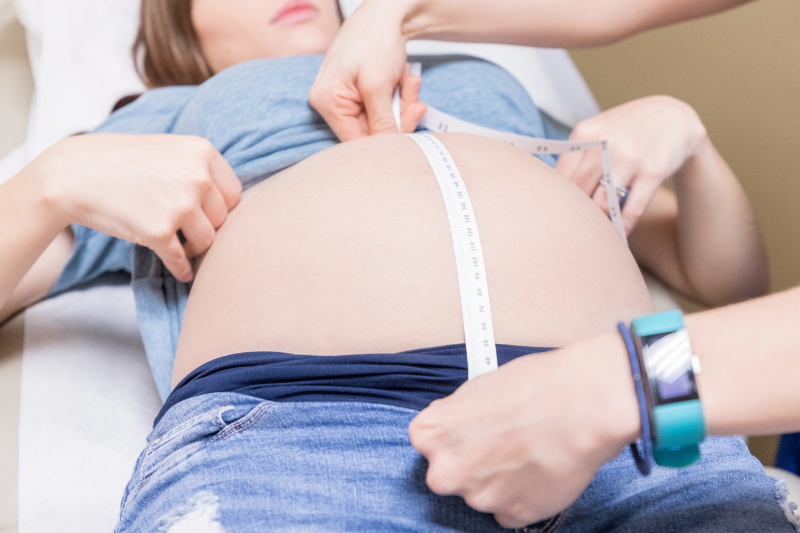
the WOODLANDS, TX
Comprehensive Women’s Healthcare in The Woodlands
Our Mission is to provide high quality medicine while taking a professional and honest approach to personal care.
We are one of the largest full-service women’s health practices in Montgomery Co. Since 1983, we have delivered more than 26,000 babies in our combined 100 years of experience.
Women’s Healthcare Affiliates
Our experienced team of physicians is dedicated to providing exceptional care for women at every stage of life. With a focus on comprehensive and personalized health services, we are proud to support the well-being of women with trusted, compassionate care.


Gynecology Services
Gynecology focuses on women’s health when they are not pregnant.


Obstetric Services
Obstetrics focuses on
pregnancy and pregnancy-related symptoms.


Common Disorders
Symptoms, and treatment options to take charge of your reproductive health.
Experienced Doctors
All of our doctors are board-certified and recognized as Fellows of the American College of Obstetricians and Gynecologists (ACOG), ensuring the highest level of expertise and commitment to patient care.
On Call 24/7
For emergencies, urgent care after hours, or on the weekends, please call our main number, 281-367-6836, option number 8.
Lab work
We have a lab associated with our office and can easily accommodate appointments and lab work in one location.
Hospital Registration
Pre-admission to the hospital should be made in person at least by your 28th week of pregnancy. OB patients may Register Online with Memorial Hermann The Woodlands.

A Professional & Honest Approach to Women’s Health Care
Office Phone
(281) 367-6836
Fax
(833) 969-3919

